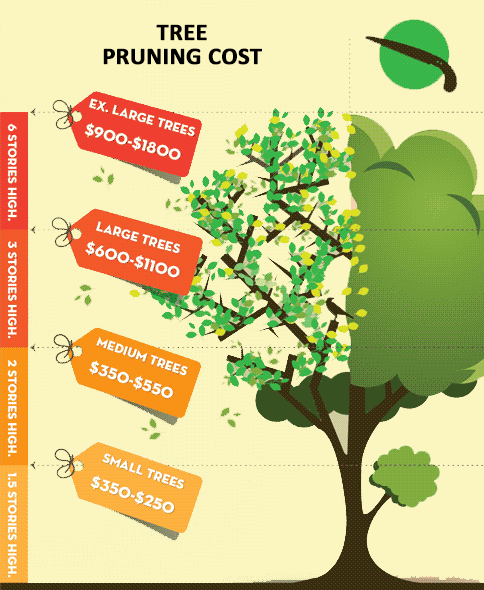Seasonal Tree Stewardship: Techniques For Appropriately Handling Trees Prior To And After They Are Removed
Seasonal Tree Stewardship: Techniques For Appropriately Handling Trees Prior To And After They Are Removed
Blog Article
Content Writer-
When it pertains to seasonal tree treatment, guaranteeing proper management prior to and after elimination can dramatically influence the wellness and looks of your landscape. By comprehending the required actions associated with evaluating tree wellness and getting ready for elimination, you can proactively safeguard your residential or commercial property. However what regarding the critical practices to follow when the tree is gone? Stay tuned to uncover the essential post-removal treatment procedures that will certainly aid you grow a growing and lasting setting for your trees.
Pre-Removal Tree Treatment
Prior to addressing the elimination of a tree, it's important to prioritize pre-removal tree care. Begin by evaluating the tree's health and structural stability. Look for signs of disease, pest invasions, or any kind of structural problems that may posture a security hazard during removal. It's vital to talk to a qualified arborist to identify the best strategy.
Pruning dead or infected branches can prevent further damage to the tree and make certain a smoother elimination process.
In addition, take into consideration the ecological influence of removing the tree. Trees play a vital duty in our ecological community, so planting a brand-new tree in a suitable area can help offset any loss. Make hedge trees that you have the necessary licenses and consents for tree removal, particularly if the tree is protected by regional regulations.
Seasonal Maintenance Tips
Assessing your tree's requirements throughout the year is vital for its wellness and long life. To maintain your trees in top problem, comply with these seasonal maintenance pointers.
In spring, focus on trimming to eliminate dead or broken branches and motivate new development.
Summertime requires routine watering, specifically during droughts, to guarantee your tree stays hydrated.
As fall approaches, keep an eye out for very early signs of disease or anxiety, and consider using compost to shield the origins throughout winter months.
In wintertime, beware when eliminating snow from branches to prevent breakage, and remain to monitor your tree's general wellness.
Keep in mind to adjust your care routine based upon the details demands of your tree types and local climate. By remaining alert and proactive throughout the seasons, you can assist your trees grow and flourish for years to find.
Post-Removal Tree Care
To make certain the health and wellness of your landscape also after tree removal, appropriate post-removal treatment is necessary. After a tree is gotten rid of, it's critical to load the remaining opening with topsoil and portable it to avoid settling. This will help keep the stability of the ground and protect against prospective risks in the future.
Consider planting brand-new plants instead of the eliminated tree to restore the balance and visual appeals of your landscape. Routinely water the area to promote the development of new plants and protect against soil disintegration.
Inspect the surrounding trees for any kind of indicators of disease or stress and anxiety that may have been triggered by the eliminated tree. Watch out for https://www.totallandscapecare.com/landscaping/design-tips-how-to-get-the-untamed-naturalistic-garden/ that may've been brought in to the previous tree and take safety nets to protect the remaining vegetation.
If needed, talk to an expert arborist to analyze the effect of the elimination on the surrounding trees and establish any additional treatment required. By following these post-removal care steps, you can make certain the continued health and elegance of your landscape.
Final thought
In conclusion, proactive seasonal tree treatment is important for maintaining the health and balance of your landscape. By examining tree health, trimming, and consulting with an arborist prior to elimination, you can ensure a risk-free procedure. After elimination, filling the hole, planting brand-new plant life, and routine watering will promote new growth and prevent disintegration. Remember to inspect bordering trees for illness and seek additional treatment steps from an arborist to maintain your landscape thriving.
